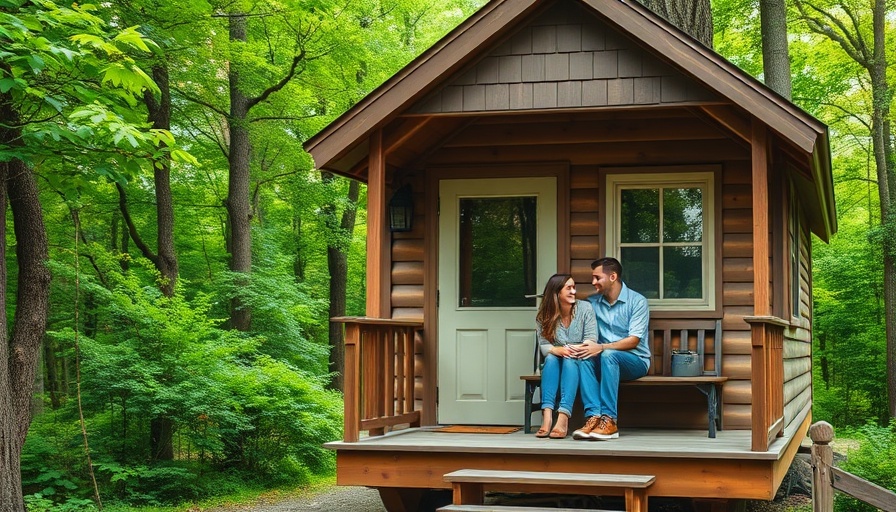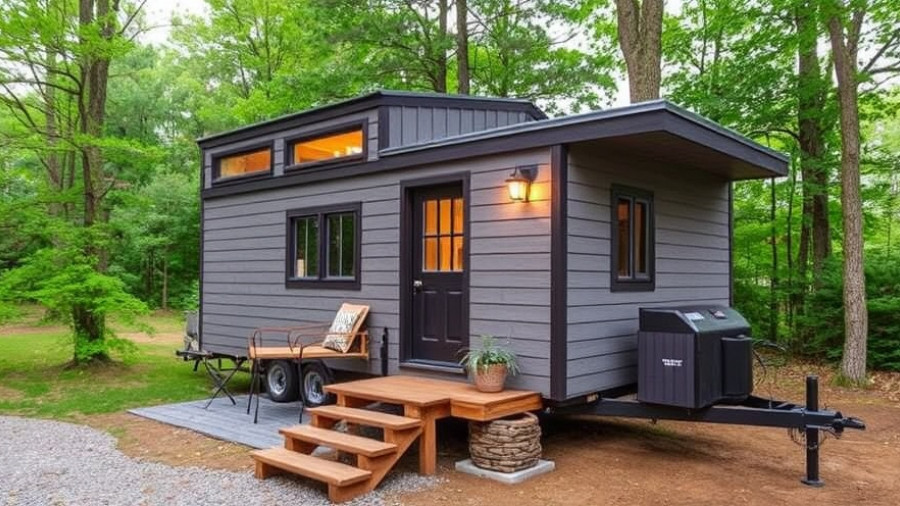
Understanding the Tiny House Phenomenon
Tiny homes are gaining traction among young professionals who seek affordable living while maintaining a lifestyle that embraces sustainability and simplicity. As housing prices continue to soar, with the median U.S. home price hitting an average of $396,900 in January 2025, many aspiring homeowners are looking towards tiny houses as a viable alternative. These compact structures not only allow for significant cost savings but also encourage a greener lifestyle, consuming 80% less energy than traditional homes. However, when faced with the choice between buying a pre-built tiny house and embarking on a DIY building journey, individuals must weigh several factors, including costs, customization, and personal commitment.
DIY vs. Pre-Built: Which is More Cost-Effective?
For many young professionals, the big question remains: Is it cheaper to buy a tiny house or build one yourself? Generally, the answer leans towards DIY. The key lies in understanding the cost drivers involved in each option. Buying a professionally built tiny house can range from $60,000 to $150,000+, while constructing your own tiny house typically costs between $20,000 and $65,000, excluding labor.
One significant advantage of the DIY route is that it allows for total control over the budget. Buyers can make strategic decisions about where to spend their money—perhaps investing more in quality materials for a custom look while keeping certain aspects minimalistic.
Hidden Costs and the Value of Research
While a DIY build may present immediate apparent savings, unforeseen expenses can arise. Planning for costs related to land preparation, utilities installation, and potential tool rentals is vital. Failure to account for these aspects can quickly turn an initially budget-friendly project into a financial headache. Ensuring a good foundation, choosing high-quality materials, and understanding local zoning regulations can save a future homeowner a great deal of trouble and money.
Making the Right Choice for You
When deciding between buying a pre-built house and going the DIY route, consider your willingness to invest time and effort into the construction process. Those who choose to build often find it rewarding, gaining invaluable skills along the way. On the other hand, a pre-built house offers a swifter transition to tiny living, albeit at a higher price and limited personalization. Ultimately, the decision boils down to personal preferences, financial situations, and the desire for control over the home-building experience.
Ready to Begin Your Tiny House Journey?
Whichever route you take, it’s best to start by laying a solid foundation with careful planning and realistic budgeting. Whether you’re building yourself or buying a pre-built model, knowing your costs and potential hidden expenses will ensure you make an informed decision on the best living solution for your future.
 Add Row
Add Row  Add
Add 




Write A Comment